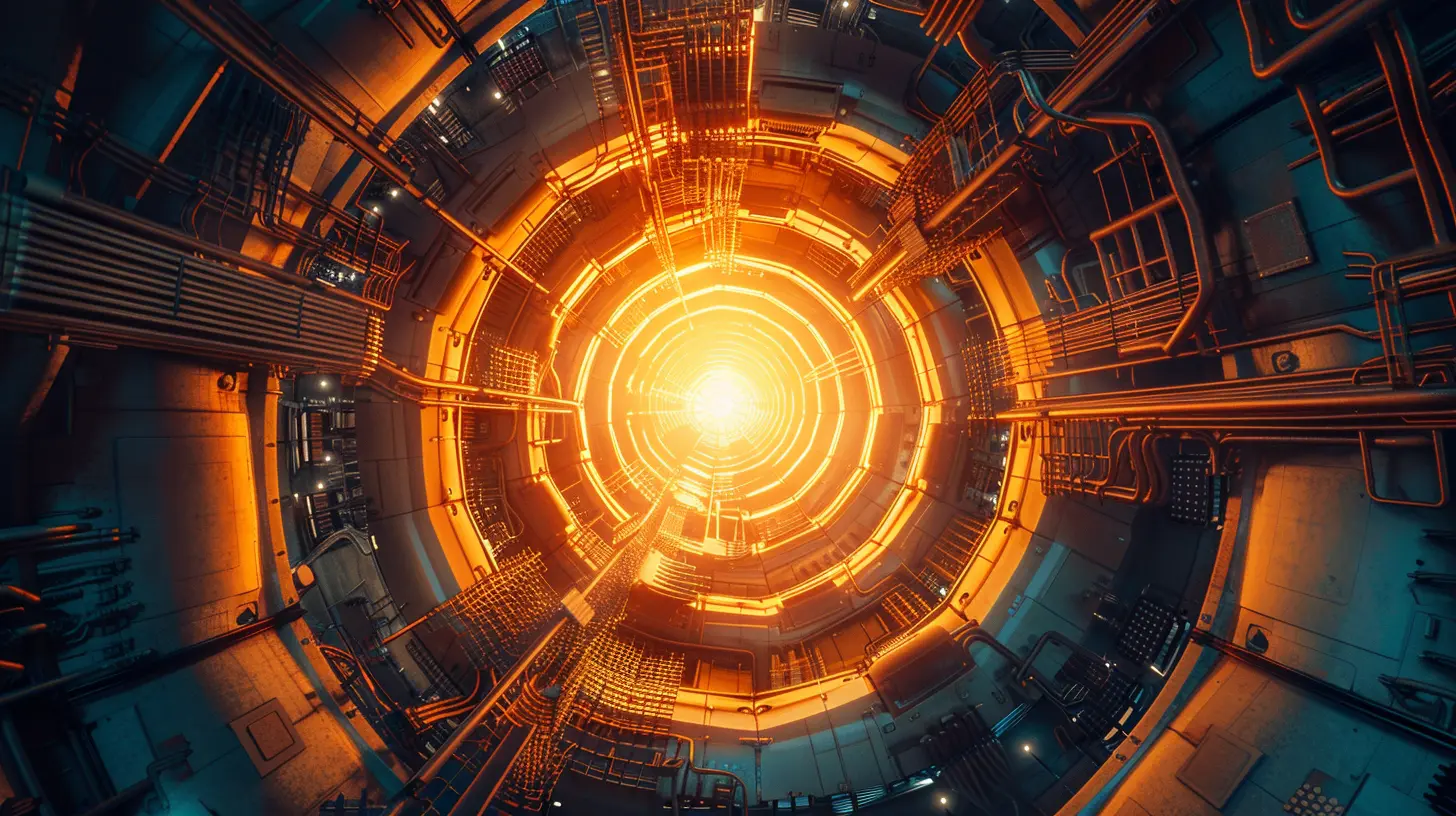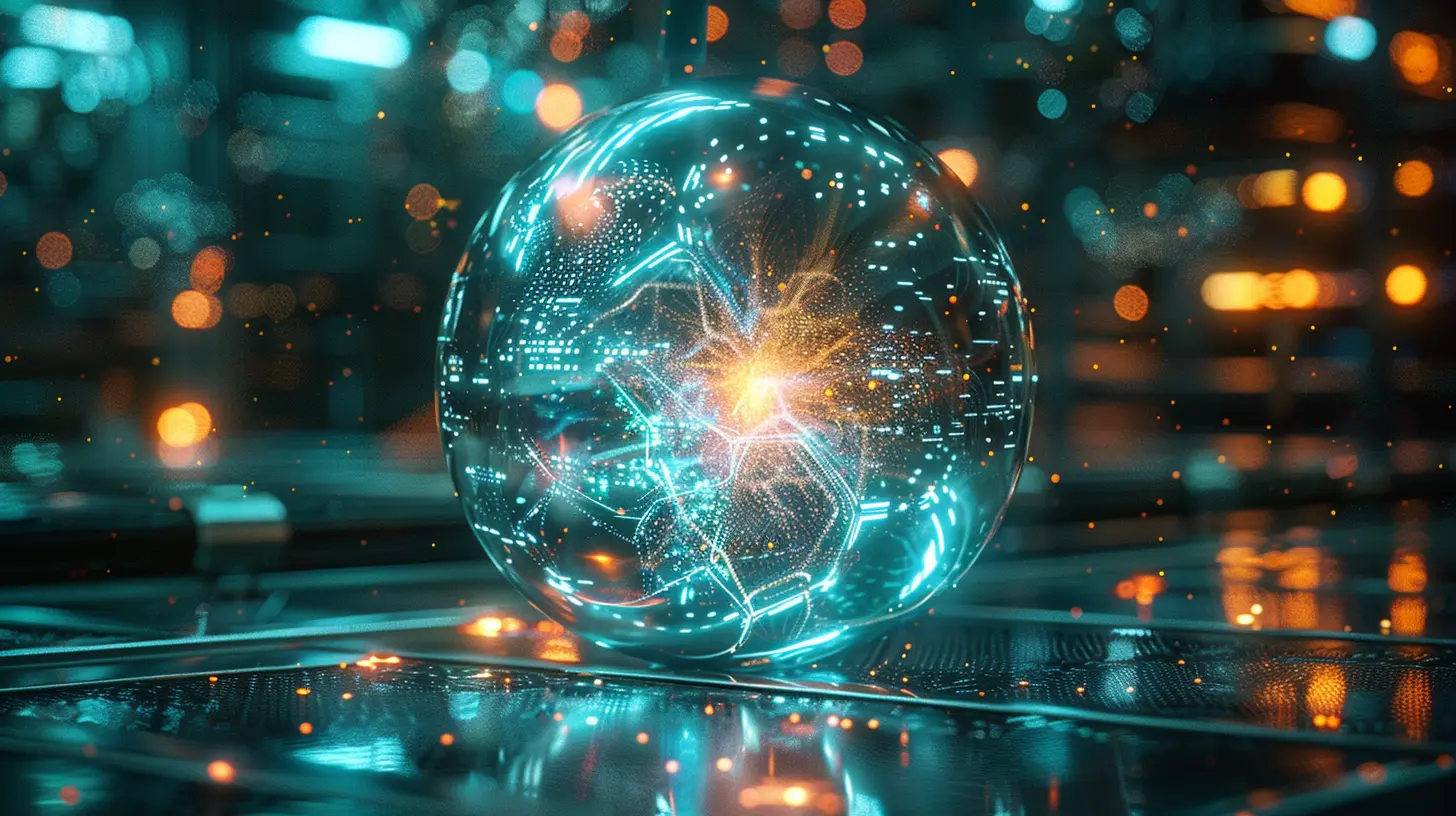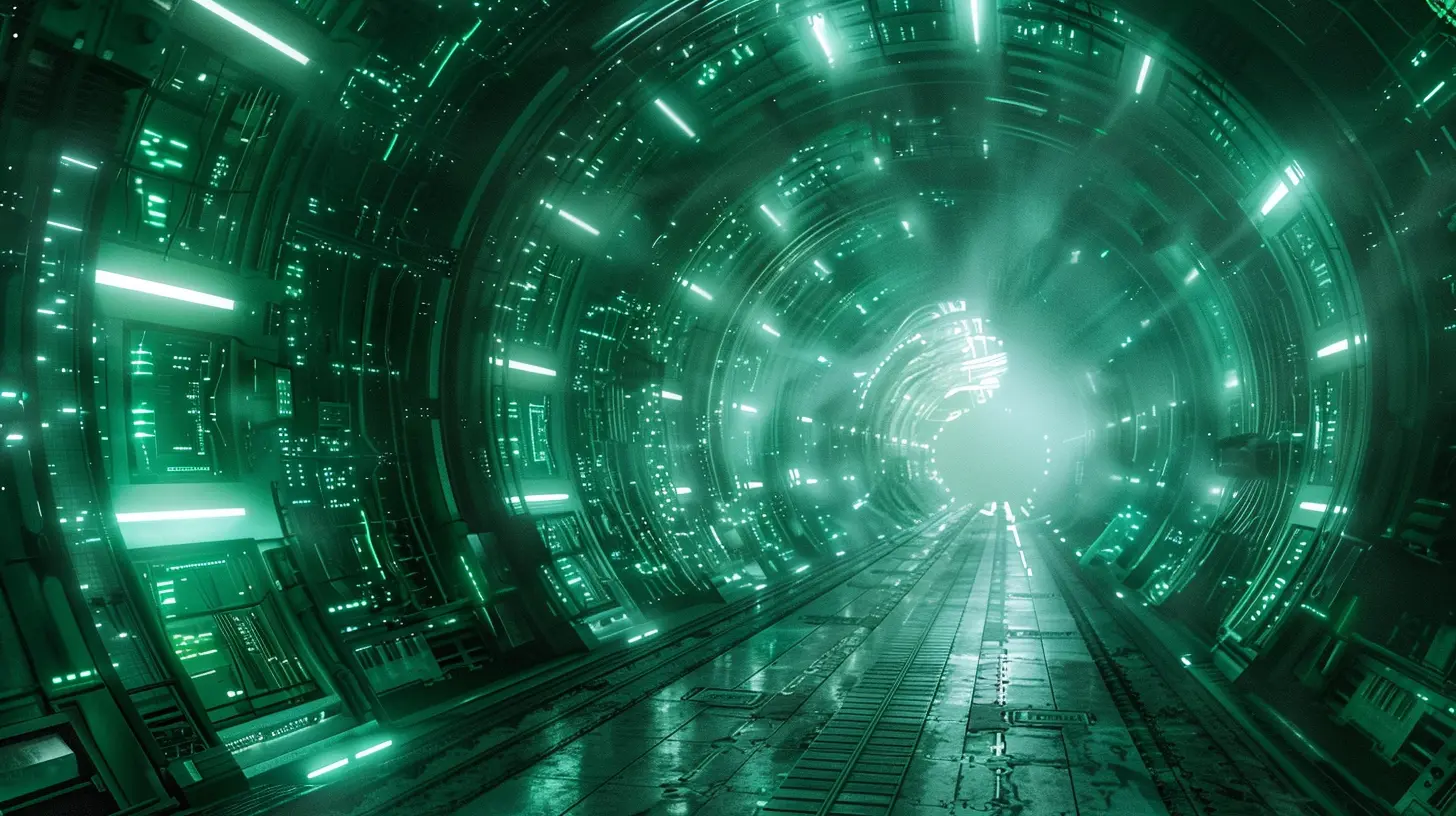The Future of Green Energy: Could Fusion Power Be the Answer?
30 October 2025
When it comes to finding a clean, sustainable, and unlimited energy source, humanity has spent decades searching for the ultimate solution. We've harnessed wind, solar, and even nuclear fission, but each comes with its own set of challenges. Now, scientists are looking at fusion energy—the same process that powers the sun—as a potential game-changer.
But could fusion really be the answer to our energy problems? Is it just another pipe dream, or are we finally on the brink of an energy revolution? Let's break it down.
What Exactly Is Fusion Power?
Before we dive into whether fusion is the future, let's first understand what it actually is. Fusion power is the process of combining two light atomic nuclei to form a heavier nucleus, releasing an enormous amount of energy in the process. In simpler terms, it’s the same reaction that makes the sun shine.Unlike nuclear fission—where atoms are split apart—fusion doesn’t produce long-lived radioactive waste or carry the risk of catastrophic meltdowns. Instead, it uses hydrogen isotopes like deuterium and tritium, which are abundant on Earth.
Sounds promising, right? Well, there’s a catch.
Why Has Fusion Power Taken So Long?
If fusion is so powerful and clean, why aren’t we using it already? The biggest challenge is that fusion reactions require extremely high temperatures—millions of degrees! To contain this super-hot plasma, scientists use high-tech magnetic fields inside devices called tokamaks or laser-based approaches.For decades, researchers have been trying to achieve net energy gain—producing more energy from the reaction than what is needed to sustain it. While we’ve come close, we're not quite there yet.
But recent breakthroughs suggest that we may finally be on the cusp of making fusion power a reality.
Recent Breakthroughs in Fusion Energy
The race to commercial fusion energy is heating up. In 2022, scientists at the National Ignition Facility (NIF) in California achieved a milestone by generating more fusion energy than the input energy for the first time. This was a historic step toward making fusion viable.Meanwhile, private companies like Commonwealth Fusion Systems, Helion Energy, and Tokamak Energy are investing billions into speeding up the process with advanced AI simulations, better materials, and innovative reactor designs.
Countries worldwide, including the U.S., China, and the European Union, are pouring resources into fusion research, pushing the technology closer to commercialization.
The Advantages of Fusion Energy
If fusion power becomes a reality, it could revolutionize the way we produce energy. Here's why:1. Virtually Infinite Fuel Supply
Fusion uses hydrogen isotopes, which are found in seawater and lithium. Unlike fossil fuels, we’re not at risk of running out.2. No Harmful Emissions
Fusion is completely carbon-free. No greenhouse gases, no smoke, no pollution—just pure energy. This makes it an ideal solution for combatting climate change.3. Minimal Waste and No Meltdowns
Unlike nuclear fission, fusion doesn’t leave behind long-lived radioactive waste. Plus, there’s no risk of a Chernobyl-style disaster because fusion reactions automatically shut down if something goes wrong.4. Unmatched Energy Output
A small amount of fusion fuel produces millions of times more energy than coal or fossil fuels. Imagine a world where a single glass of water could generate as much energy as barrels of oil!The Challenges of Fusion Power
Of course, it's not all sunshine and rainbows. There are still some major hurdles before fusion becomes a practical energy source.1. Extreme Costs
Fusion research is incredibly expensive. The ITER project, an international collaboration aimed at creating a working fusion reactor, has a price tag of over $22 billion—and it’s still under development.2. Engineering Complexity
Building and maintaining a fusion reactor requires advanced materials that can withstand insane temperatures and plasma interactions. The technology to do this is still being refined.3. Commercial Feasibility
Even if we get fusion to work in a lab, turning it into a practical energy source that competes with solar, wind, and nuclear fission is another challenge. Will fusion power plants be affordable enough to replace existing energy sources?Could Fusion Power Really Be the Answer?
The short answer? It has the potential to be.While solar and wind power are already viable green energy solutions, they have limitations (like intermittency and storage issues). Fusion, on the other hand, could provide constant, abundant energy without the downsides of fossil fuels or conventional nuclear power.
If scientists successfully crack the code within the next few decades, we could see a world where cities are powered by tiny amounts of hydrogen, leaving no carbon footprint behind.
Imagine never worrying about power shortages, climate change, or fuel scarcity again. Sounds like sci-fi? Maybe. But with the rate at which fusion research is advancing, it might just become our reality sooner than we think.
Final Thoughts
Fusion power is one of the most exciting frontiers in energy research. It’s clean, powerful, and (potentially) limitless—but it still has numerous challenges to overcome before it becomes a practical energy source.Will fusion be the key to a greener future? Or will it remain an elusive dream? One thing’s for sure: if we crack the fusion puzzle, it could change the world forever.
### What do you think? Would you trust fusion energy to power our future? Let’s chat in the comments!
all images in this post were generated using AI tools
Category:
Green TechnologyAuthor:

Michael Robinson
Discussion
rate this article
1 comments
Gianna Baker
What an exciting exploration of fusion power! The potential for green energy to transform our world is exhilarating. This article beautifully captures the promise of fusion as a sustainable solution. Let’s look forward to a greener future together, where innovative technologies shape a cleaner planet for generations to come!
November 1, 2025 at 1:45 PM

Michael Robinson
Thank you for your enthusiastic response! I'm thrilled to see such excitement about fusion power and its potential for a sustainable future. Let's hope for a greener tomorrow!


